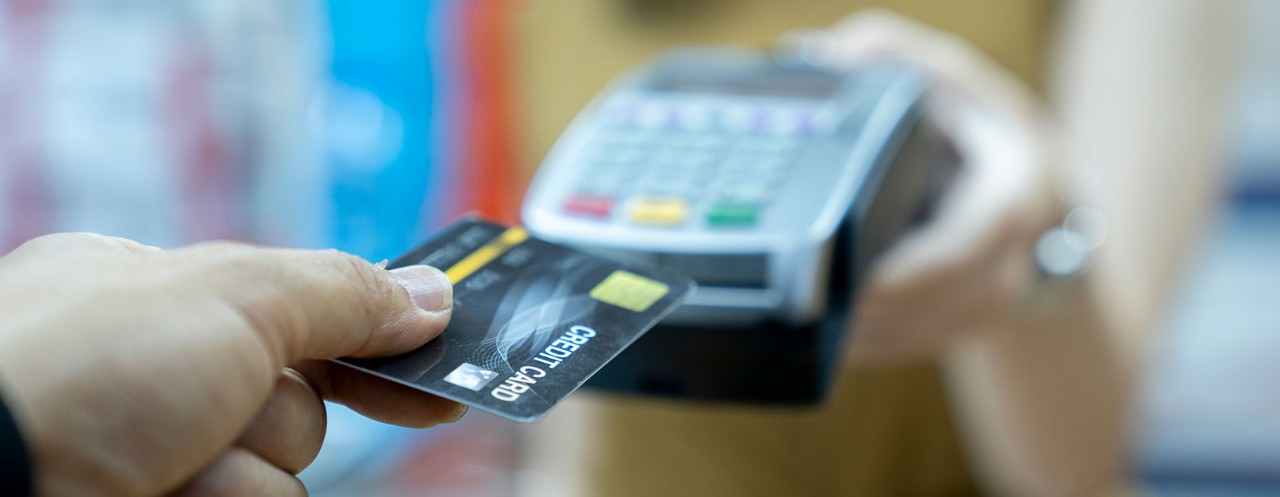
As Covid-19 accelerates the rate of innovation in non-cash payments around the world, a new report predicts further digital transformation – a shift that will have a real impact on finance functions.
Capgemini’s World Payments Report 2020 predicts the volume of non-cash transactions will grow at 12% a year between 2019 and 2023, reflecting an increased reliance on digital payments but also the effect of a possible global economic slowdown that could dampen transaction volume.
This growing market has understandably attracted a raft of new entrants to the sector, threatening the dominant position of existing providers, such as financial institutions and ‘Big Tech’ groups.
Disruptive influence
These new entrants have brought with them innovations in technology that aim to differentiate themselves from the competition while providing users with a more convenient and efficient experience.
The established providers, notably the banks, have reacted by either working with or snapping up these new entrants, or investing heavily in their own services in what Capgemini calls a ‘curate and collaborate’ approach.
But inevitably, such disruption has opened the doors to increased risk across business, regulation and operations – so much so that more than two-thirds of corporates, and three-quarters of payments firms, now say that risk and compliance are top priorities for them amid the speed of the technical revolution and the uncertainties caused by Covid-19.
Uneven picture
The global figures, however, reveal differences in growth rates between regions (see graph). With a growth rate of nearly 25%, Asia-Pacific economies recorded 243.6 billion non-cash transactions in 2019, driven by increasing smartphone penetration, a booming e-commerce sector, flourishing digital wallets and QR-code payments. By 2023, the volume is expected to grow by a further 19%.
Europe’s non-cash transaction volumes grew more than 12% from 2018-19 to reach 215.8 billion. This was driven by non-EU countries, where growth was up by 19.5%. The upswing was powered by developing economies such as Russia (nearly 42%) and Turkey (nearly 14%), reflecting the increasing popularity of e-wallets. By 2023, European transactions are forecast to grow annually by 9% to reach 307.5 billion.
As a mature market, North America’s volume grew by 5.6% in 2018-19 to reach a volume of 179.4 billion transactions. Capgemini anticipates further annual growth of 2.5% to hit 198.3 billion transactions by 2023. Latin America’s figures grew by 5.6% in 2018-19 to 52.6 billion transactions, with a predicted growth rate of 6% up to 2023.
The less mature but rapidly growing Middle East and African region is set to continue its upwards trajectory; having recorded a growth rate of 18.5% to reach 17.1 billion transactions in 2019, the report suggests that this volume will increase by an annual 13.7% to reach 28.6 billion by 2023.
‘While card transactions are holding 72% of global non-cash payments, we are seeing new payment schemes that are now challenging this’
However, the projections could change, as Capgemini also reports that 41% of consumers said they used contactless cards for the first time during the Covid-19 crisis, while the number of digital wallet users is set to increase from 2.3 billion in 2019 to four billion by 2024 – 50% of the world’s population. The combination of increased consumer convenience and a desire to avoid handling hard cash will further spur non-cash adoption.
Spread the risk
‘In the non-cash kingdom, the card is still king,’ says Elias Ghanem, Capgemini’s global head of financial services. ‘But while card transactions are holding 72% of global non-cash payments, we are seeing new payment schemes that are now challenging this.’
As an example, he points to invisible payments for services such as Uber, where no money changes hands between driver and passenger, virtually or otherwise. According to Ghanem, such payments are growing rapidly, with an expected increase of 51% in volume between 2017 and 2022.
‘This is an important message for the established players – they need to be spreading their eggs in different baskets,’ he says.
The impact on retail customers of the increasing use of non-cash payment methods is clear, and has been thrown into sharp relief by the health crisis – as the report says, the crisis is forcing a testing ground for users to move beyond traditional payment methods.
Corporate move
But there has also been an impact on corporate users. Treasurers are looking at digital payments as an antidote to business-to-business payment challenges and inefficiencies.
As a result, digital payment methods and other innovations are being rapidly adopted by corporate treasurers to mitigate wide-ranging challenges, including geopolitical instability, cyber and phishing attacks, supply chain sustainability and, at its very basic level, a lack of automations that hinders efficiency.
This last point is perhaps why treasurers are increasingly embracing cloud technology – not only does it allow for greater automation, but it also can achieve greater partner integration, scalability and resilience. This will come through the increased use of APIs (application programming interfaces).
‘All businesses want to be able to connect through APIs to their payment providers,’ says Ghanem. ‘Exchange of data is becoming the norm and B2B APIs are essential. If you are a corporate, today the interaction between yourself and your payment provider must be across an API.’
And this needs to be integrated into other systems. ‘We need to create the right B2B wallets that are adapted to large-ticket items, invoice issuing and tax and VAT calculations,’ he says.
Finally, in what will be good news for suppliers, Ghanem confirms that instant payments will become the norm. ‘We are in a much more agile economy, and we need to do transactions much faster.’


